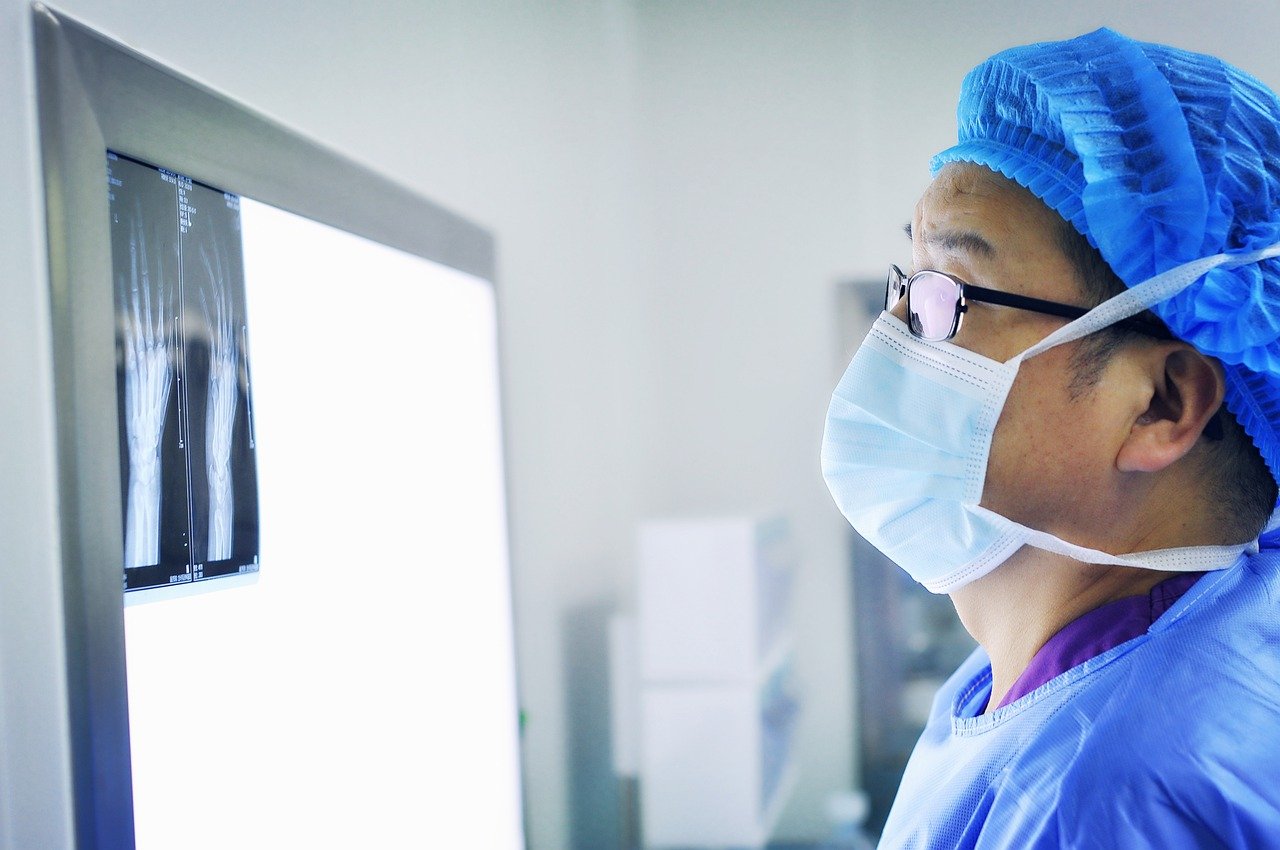
Osteoporosis is associated with bone fragility caused by a lower amount of mineral components.
Osteoporosis is the fragility of bones that is caused by a lower amount of their mineral components , which results in a decrease in their density . A person with osteoporosis often has problems absorbing calcium and is prone to fractures.
The term is formed with three Greek words: osteon , which can be translated as "bone" ; poros , which is synonymous with "pore" , and sis , which is equivalent to "formation" .
In this way, making use of these three clearly differentiated parts was how the French doctor Jean Georges Chretien Frederic Martin Lobstein coined the concept. He did it in the period between the end of the 18th century and the beginning of the 19th century .
Incidence of osteoporosis
Amenorrheal or postmenopausal women are the main ones affected by osteoporosis since they have hormonal problems and suffer a decrease in estrogen . Malnutrition , a sedentary lifestyle and the consumption of alcohol , tobacco and caffeine also affect the appearance of osteoporosis.
Statistics state that, among people over 50 years of age, osteoporosis affects one in three women and one in twelve men. Osteoporosis, in this way, produces millions of fractures a year .
Classification according to type
In addition to all the above, we have to highlight the existence of several types of this disease:
- Primary . It is also known as senile or involutive and is identified as the most common. Within it we find several modalities: Type I , which occurs in individuals between 51 and 75 years old; Type II , which affects people over 70 years of age; and finally Idiopathic , which occurs in young men and women without its cause being known.
- Secondary . In this case, it is what occurs as a result of a series of causes such as lactose intolerance, alcoholism , genetic diseases, tumors, hyperthyroidism , chronic kidney failure or lack of menstruation.

Dairy consumption helps prevent osteoporosis.
Diagnosis of osteoporosis
Bone densitometry is the medical test that allows us to determine the mineral density of bones and, in this way, diagnose osteoporosis. This evaluation is carried out with X-rays , radioactive isotopes or ultrasound , which allow images to be taken and a figure for the amount of bone mineral per surface obtained.
However, in addition to this test, the relevant medical personnel will take into account a series of other elements when diagnosing whether or not a person suffers from osteoporosis. In this case, he will be in charge of undertaking an examination , an x-ray and a blood test .
Prevention and treatment
Medication (bisphosphonates, teriparatide and strontium ranelate), hormone replacement , a diet rich in calcium (found in dairy products) and vitamin D (fish), and regular physical exercise are part of the prevention and treatment of this disease .
Thus, starting the day with a glass of milk and a walk can be a good way to prevent osteoporosis and maintain good general health .
